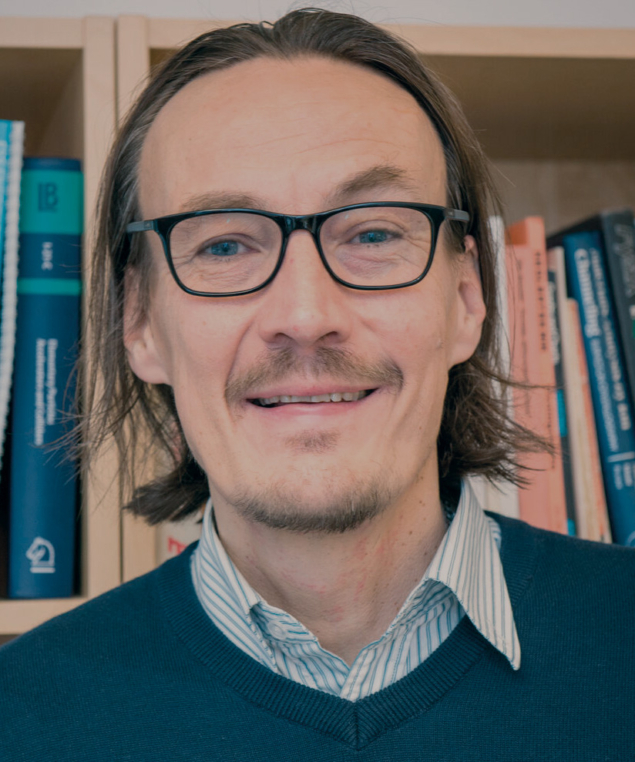Yves Baconnier, who made important technical and managerial contributions to a surprising number of CERN accelerators, passed away on 21 January 2024.
Born in 1934 in the Ardèche in the South of France, Yves completed his studies at the Institut Polytechnique de Grenoble. He joined CERN in 1963 as engineer-in-charge of the Proton Synchrotron (PS) and quickly took a strong interest in analysing and improving the slow-ejection procedure. He became leader of the machine study team before moving to the Super Proton Synchrotron (SPS) project in the early 1970s, where his experience with beam extraction was very welcome.
Once the SPS extraction was operational at the end of the 1970s, Yves moved on to the Large Electron Positron (LEP) collider and, in particular, its injection system, which at the beginning was imagined as a new system without a link to the existing accelerators. His decisive idea to use the deadtime between the proton cycles of the SPS – dictated by limited cooling power – to insert the low-dissipation e+e– acceleration cycles from 3.5 to 20 GeV was the key element for accepting the existing accelerator chain PS and SPS with all its infrastructure as the LEP injector. This cut short all discussions on other possible LEP sites in Europe.
After this memorable success with LEP, Yves moved back to his first love, the PS, and took responsibility for the PS ring proper to define and oversee an upgrade programme enabling the elderly machine to accelerate electrons and positrons from 0.6 to 3.5 GeV. The complete vacuum system had to be modified to withstand the synchrotron radiation emitted from the lepton beams, and the campaign reached its climax during a very long shutdown in 1987, during which a stainless-steel vacuum chamber was installed around the ring. Since the PS magnets had combined-focussing, i.e. a quadrupole magnetic field on top of the dipole field, the synchrotron radiation would not allow for stable operation. To counter this, two Robinson-type wiggler magnets had to be inserted. Yves and his team designed this unique magnet, tested the prototype in the PS and at the DCI ring at LAL in Orsay and, finally, introduced it successfully in the PS.
In the early 1990s, Yves went on to join the teams designing a beauty factory to be housed in the tunnel of the former Intersecting Storage Rings, and took the lead in the design of a tau–charm factory to be built on a green-field site in Spain. However, since these projects did not then materialise, he continued his work at the CLIC test facility to which the linear accelerator of LEP had to be converted. In 1984, in parallel with his other widespread activities, Yves took an active interest in the LHC design study, leading to the project’s official approval in 1994. He moved into project management in the mid-1990s and was entrusted with chairing the influential LHC parameter committee until his retirement in 1999.
Yves will be remembered for his thorough and well-thought approach to his work, always seeking to understand ab initio, and for his meticulous insistence on checking hardware through prototyping and extended testing. Unassuming but sharp and exacting, he was a well-respected colleague, an appreciated lecturer and a leader with wide-ranging interests.








